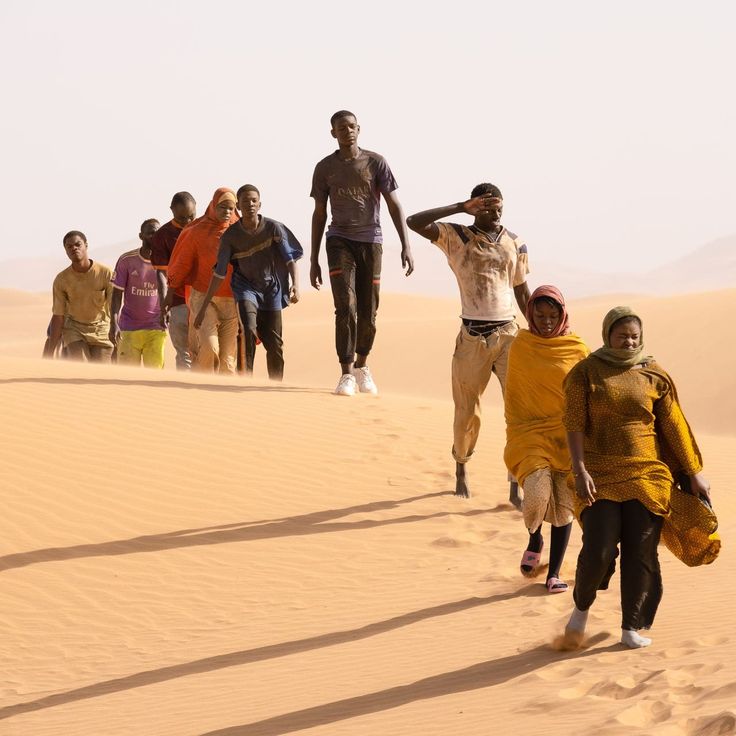The Link Between Climate Migration and the Economy of Developing Countries
Climate migration is increasingly reshaping the economic landscape of developing countries. Driven by phenomena such as rising sea levels, prolonged droughts, and intense storms, this forced movement of populations disrupts natural resources, infrastructure, and local markets. Although these migrations present major challenges, they also provide unique opportunities for economic and social transformation.
Causes of Climate Migration
The causes of climate migration are numerous and diverse. One significant factor is rising sea levels, which threaten coastal communities. Prolonged droughts have a devastating impact on agriculture, particularly in sub-Saharan Africa. Furthermore, extreme weather events, like cyclones and floods, force thousands of families to relocate. Additionally, socio-economic vulnerability and limited access to resources further hinder their ability to adapt, compelling many to migrate in search of better living conditions.
Economic Impact of Climate Migration
The economic impact of climate migration is multifaceted. On one hand, host areas often face increased pressure on infrastructure, such as water, energy, and housing. This creates additional burdens for both migrants and the local population, potentially reducing the standard of living. On the other hand, climate migration can offer opportunities to strengthen local economies. Migrants may contribute to critical sectors like resilient agriculture, renewable energy, and construction, boosting long-term economic growth.
Moreover, migration can stimulate innovation. The influx of migrants brings new skills, knowledge, and perspectives, fostering entrepreneurship. These innovations can lead to improved farming practices, new energy solutions, and strategies to improve disaster resilience, benefiting both the migrants and the host communities.
Pathways to Sustainable Development
To ensure that climate becomes a driver for sustainable development, significant actions are needed. Governments must develop inclusive policies that address the needs of both migrants and host communities. This ensures resources are allocated effectively and equitably. Furthermore, international cooperation is crucial, with financial and technological support helping to build resilience and support adaptation efforts.
Conclusion
In conclusion, while poses complex challenges, it also presents a unique opportunity for economic transformation. By addressing the root causes of migration and implementing sustainable policies, we can turn these challenges into pathways for a more resilient and equitable future for all. Through collaboration and innovation, the migration process can become a powerful tool for growth and development in the face of climate change.
